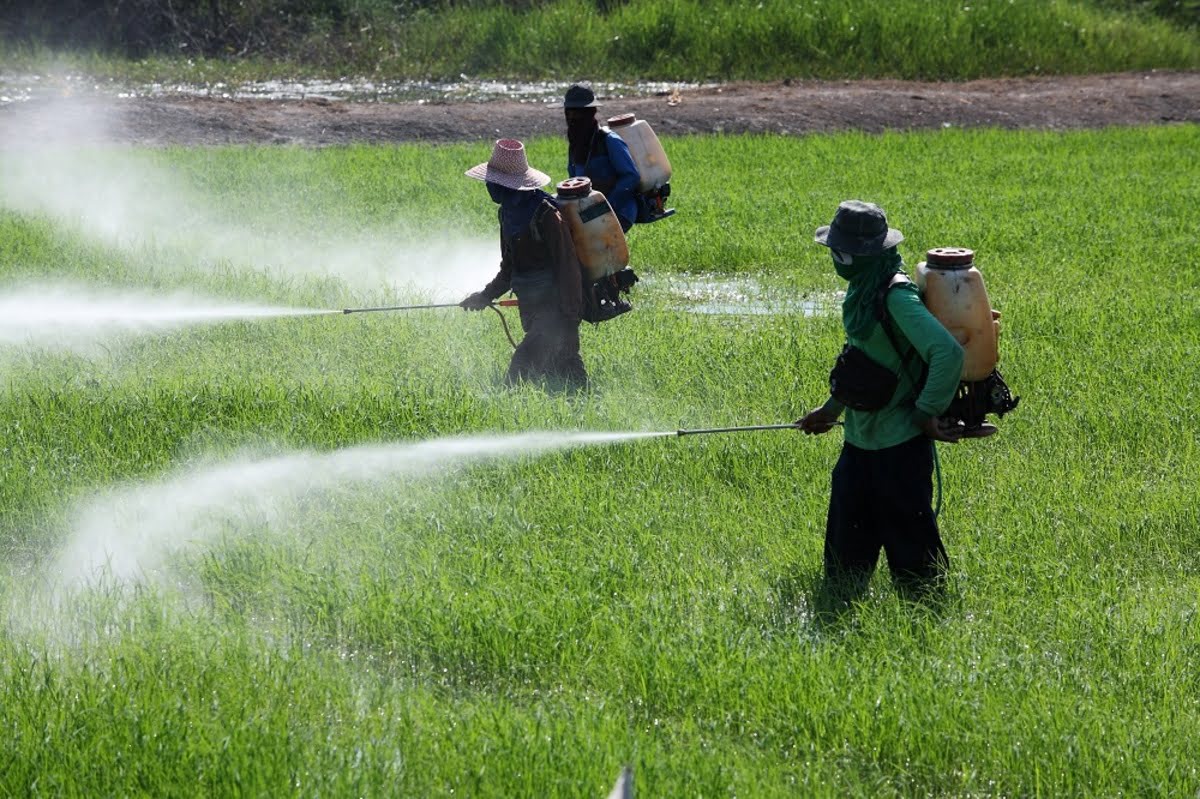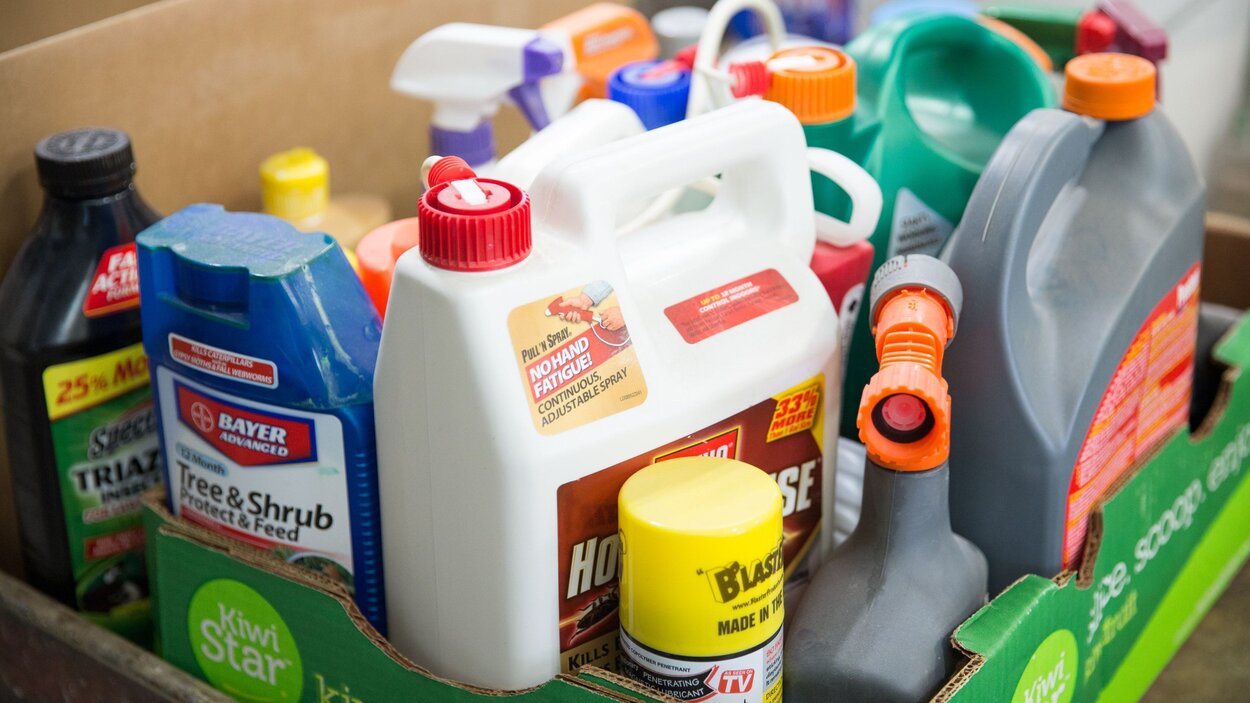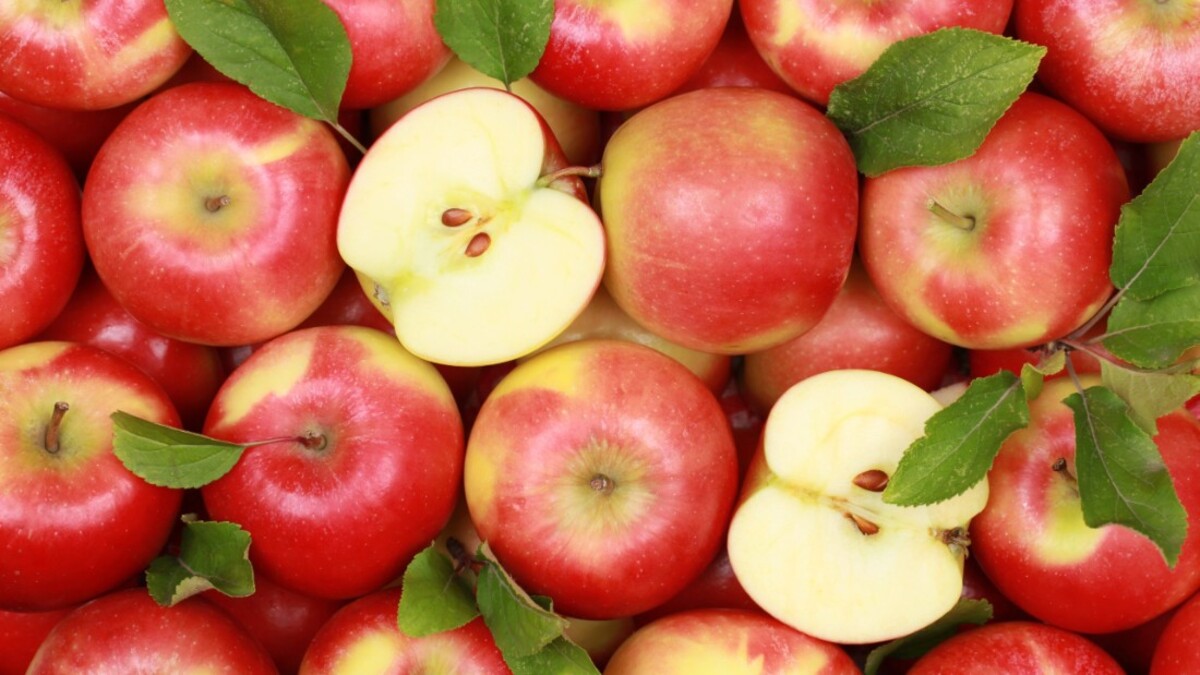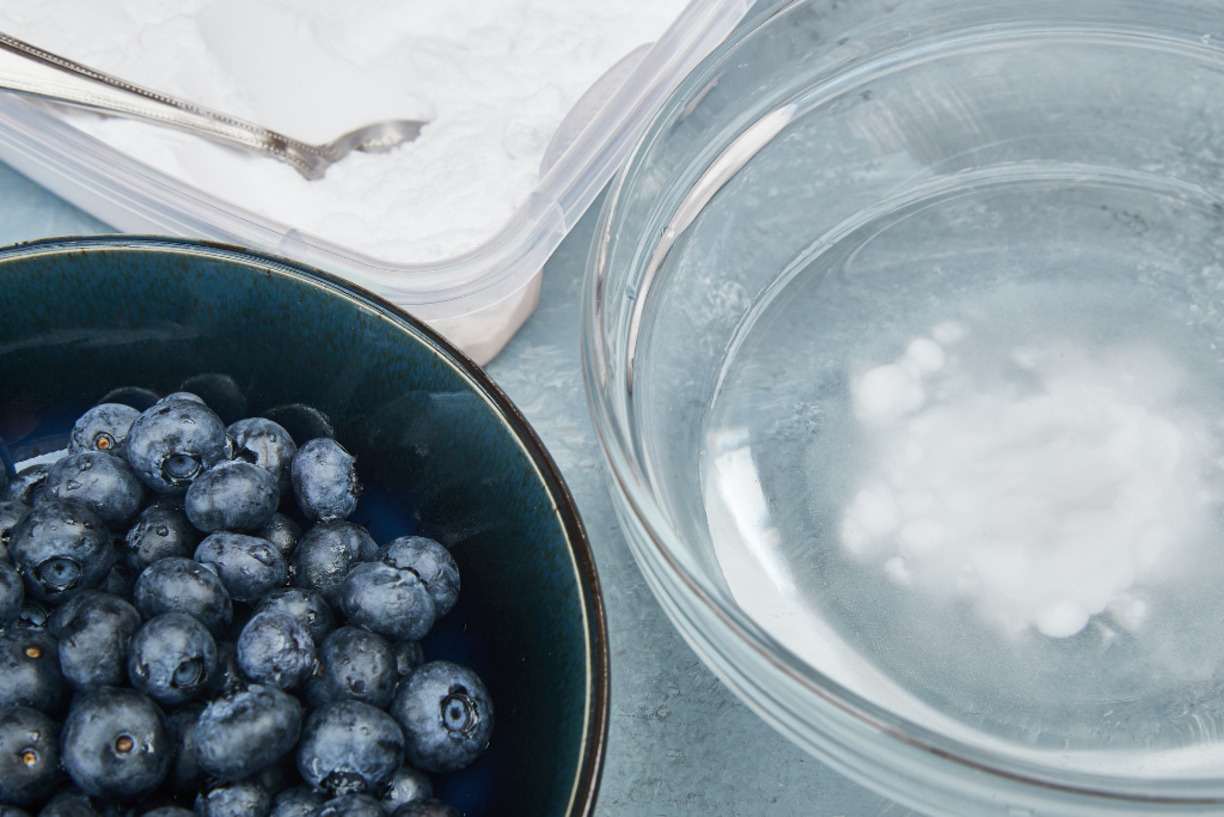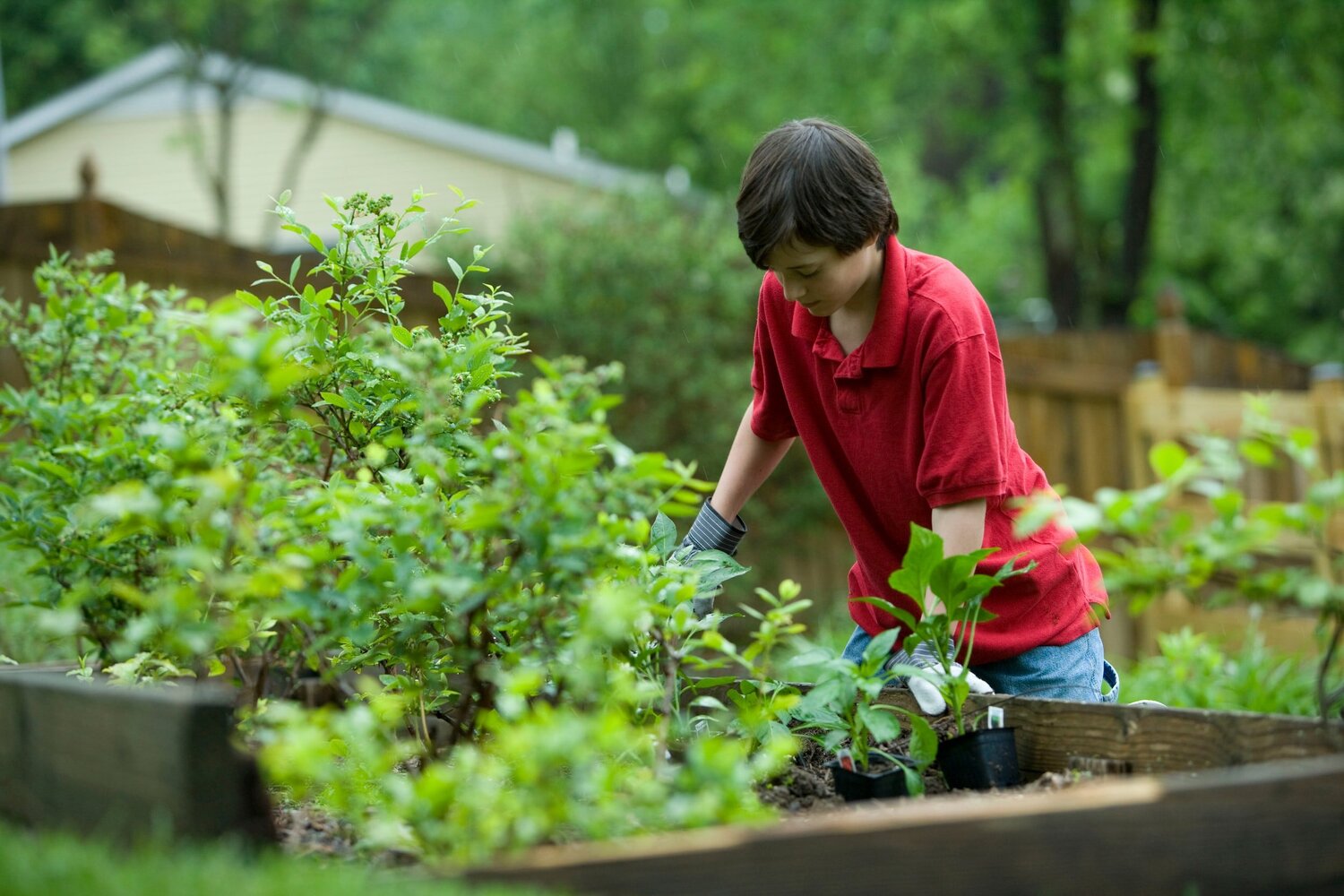Home>Gardening News and Trends>Latest News>How To Test For Pesticides In Water
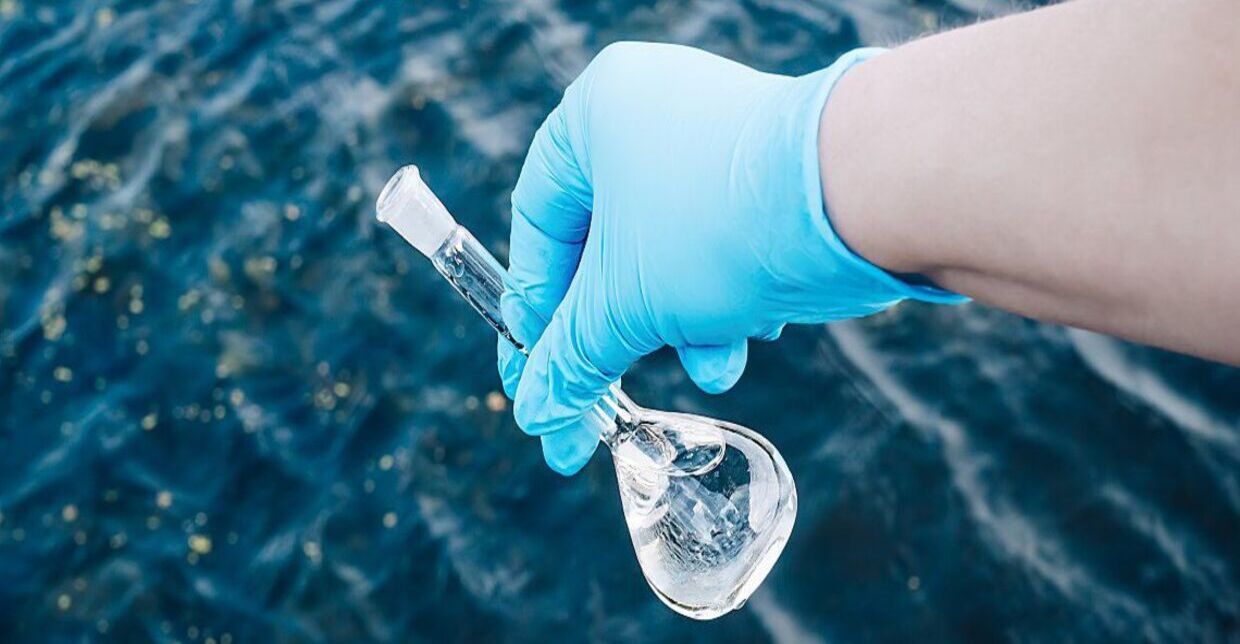

Latest News
How To Test For Pesticides In Water
Modified: January 22, 2024
"Stay updated with the latest news on how to test for pesticides in water. Get expert tips and guidance to ensure the safety of your drinking water."
(Many of the links in this article redirect to a specific reviewed product. Your purchase of these products through affiliate links helps to generate commission for Chicagolandgardening.com, at no extra cost. Learn more)
Table of Contents
Introduction
Water is one of the most vital resources on our planet, and ensuring its quality is of utmost importance for both human and environmental health. In recent years, concerns about pesticide contamination in water sources have grown due to the widespread use of pesticides in agriculture and other industries.
Testing for pesticides in water plays a critical role in identifying potential risks to public health and ecosystems. Pesticides are chemical substances used to control pests, including insects, weeds, and fungi. While they can be effective in managing pests, these chemicals can also have detrimental effects on water quality, leading to ecological imbalances and even posing health risks to humans and wildlife.
Given the potential dangers associated with pesticide contamination, it is crucial to have reliable methods for testing and monitoring water sources. This article will provide an overview of the importance of testing for pesticides in water, common testing methods, sample collection and preservation techniques, laboratory analysis procedures, interpreting test results, and ensuring water safety through treatment options.
By understanding these key aspects of pesticide testing, individuals, governments, and organizations can take proactive measures to safeguard water resources and protect public health.
Importance of Testing for Pesticides in Water
The presence of pesticides in water sources can have significant implications for both human and environmental health. Testing for pesticides in water is crucial for several reasons:
- Protecting human health: Pesticides in drinking water can pose serious health risks to humans. Some pesticides, such as organophosphates and organochlorines, are known to be toxic and can lead to acute or chronic health effects, including respiratory issues, neurological disorders, and even cancer. By testing water for pesticides, authorities can identify potential contamination and take appropriate measures to limit exposure and ensure safe drinking water.
- Safeguarding ecosystems: Pesticides can have adverse effects on aquatic ecosystems. They can accumulate in water bodies, leading to the death of aquatic organisms like fish, insects, and amphibians. Pesticides can also disrupt the delicate balance of ecosystems by killing beneficial insects, pollinators, and natural pest predators. By testing for pesticides, scientists and environmental agencies can monitor the health of water ecosystems and implement measures to protect biodiversity.
- Evaluating agricultural practices: Testing water for pesticides provides crucial information for evaluating the impact of agricultural practices on water quality. Runoff from agricultural fields can carry pesticides into nearby water bodies, contaminating water supplies. Regular testing allows farmers and regulatory agencies to assess the effectiveness of pesticide management techniques and implement measures to minimize their impact on water resources.
- Ensuring regulatory compliance: Governments and regulatory bodies around the world have set limits on the acceptable concentrations of pesticides in water. Testing water for pesticides helps ensure compliance with these regulations and allows authorities to take appropriate actions in case of contamination.
Overall, testing for pesticides in water is essential for protecting human health, preserving ecosystems, evaluating agricultural practices, and ensuring compliance with regulatory standards. By detecting and monitoring pesticide contamination, we can mitigate risks, implement effective strategies, and ensure the availability of clean and safe water resources for current and future generations.
Common Methods for Testing Pesticides in Water
Several methods are available for testing pesticides in water, each with its advantages and limitations. The choice of method depends on factors such as the specific pesticide being tested, the required level of sensitivity, and the available resources. Here are some commonly used methods for pesticide testing in water:
1. Liquid Chromatography-Mass Spectrometry (LC-MS): LC-MS is a powerful analytical technique that combines liquid chromatography with mass spectrometry. It allows for the detection and quantification of a wide range of pesticides in water samples with high sensitivity and selectivity. LC-MS is particularly useful for analyzing complex mixtures of pesticides and can provide detailed information about their chemical structure and concentration.
2. Gas Chromatography-Mass Spectrometry (GC-MS): GC-MS is another widely used technique for pesticide analysis. It involves separating the pesticide compounds using gas chromatography and then detecting and quantifying them using mass spectrometry. GC-MS is highly sensitive and can detect pesticides at very low concentrations. It is often used for volatile and semi-volatile pesticides.
3. Enzyme-Linked Immunosorbent Assay (ELISA): ELISA is a rapid and cost-effective method for screening pesticides in water samples. It utilizes antibodies that specifically bind to target pesticides, allowing for their detection and quantification. ELISA is a practical option for preliminary screening of water samples but may lack the sensitivity and specificity of more advanced techniques like LC-MS and GC-MS.
4. High-Performance Liquid Chromatography (HPLC): HPLC is a widely used technique for pesticide analysis. It involves separating pesticide compounds using a liquid mobile phase and a solid stationary phase. Different pesticides can be separated and detected based on their unique retention times. HPLC offers good sensitivity and selectivity and is commonly used for routine pesticide analysis.
5. Immunoassays: Immunoassays are a class of analytical techniques that utilize antibodies or antigen-antibody interactions to detect target compounds. They are relatively quick, cost-effective, and user-friendly. Immunoassays can be used as screening tools for preliminary testing of water samples, but confirmation with more specific techniques like LC-MS or GC-MS is typically required.
6. Multi-Residue Analysis: Multi-residue analysis methods are designed to detect and quantify multiple pesticides simultaneously. These methods use various analytical techniques such as LC-MS or GC-MS and can provide a comprehensive overview of pesticide contamination in water samples. They are particularly useful for routine monitoring of water sources.
It’s important to note that these methods may require specialized equipment, trained personnel, and proper laboratory facilities. Depending on the specific requirements and available resources, laboratories and researchers can choose the most appropriate method for testing pesticides in water to ensure accurate and reliable results.
Sample Collection and Preservation
The accurate collection and preservation of water samples are critical for obtaining reliable results in pesticide testing. Improper sample handling can lead to contamination or degradation of pesticides, compromising the accuracy of the analysis. Here are some key guidelines for sample collection and preservation:
1. Selecting sampling locations: It is important to select sampling locations that are representative of the water source being tested. Consider factors such as proximity to potential pesticide sources, flow patterns, and areas of potential contamination. Multiple sampling locations may be necessary to capture variations in pesticide concentrations.
2. Using appropriate sampling equipment: Use clean and non-reactive sampling equipment made of materials such as glass or high-density polyethylene (HDPE) to avoid contamination. Commonly used equipment includes sampling bottles, bailers, and automated samplers. Ensure that sampling equipment is properly cleaned and rinsed before use.
3. Proper sample collection technique: Pay attention to the proper technique for sample collection to minimize external contamination. Typically, samples should be collected midstream, away from the water’s surface or sediment at the bottom. Fill the sample container completely, leaving no headspace, to reduce the potential for oxygen degradation or microbial activity.
4. Preserving sample integrity: Preserving the integrity of the sample is essential to prevent changes in pesticide concentrations. For volatile pesticides, immediate cooling with ice or refrigeration is necessary to slow down degradation. For non-volatile pesticides, adding a preservative, such as sodium metabisulfite or acetic acid, can prevent microbial activity and degradation. Follow the recommended preservative and storage instructions for the specific pesticides being tested.
5. Proper documentation: Accurate and detailed documentation of sampling locations, dates, times, and any relevant field observations is crucial. This information helps in the interpretation of results and provides a clear record of the sampling process.
6. Proper sample storage and transportation: After collection, store samples in appropriate conditions to maintain their integrity. Keep them cool, away from direct sunlight, and avoid exposure to extreme temperatures. Store samples in containers that minimize the potential for leaching or contamination. During transportation to the laboratory, use insulated coolers or ice packs to maintain the desired temperature.
Following proper sample collection and preservation techniques is vital to ensure the accuracy and reliability of pesticide testing in water. Adhering to these guidelines helps prevent contamination, degradation, and other factors that might affect the results, allowing for a more accurate assessment of pesticide levels in water sources.
Laboratory Analysis Techniques
Laboratory analysis plays a crucial role in testing water samples for pesticides. Various techniques are employed to accurately detect, quantify, and identify pesticides present in the samples. Here are some commonly used laboratory analysis techniques:
1. Liquid Chromatography-Mass Spectrometry (LC-MS): LC-MS is a powerful technique used for the separation, identification, and quantification of pesticides in water samples. It combines high-performance liquid chromatography (HPLC) to separate pesticide compounds and mass spectrometry (MS) for their detection and identification. LC-MS offers high sensitivity, selectivity, and the ability to analyze a wide range of pesticides.
2. Gas Chromatography-Mass Spectrometry (GC-MS): GC-MS is another widely used technique for the analysis of pesticides in water samples. It involves the separation of pesticide compounds using gas chromatography and their subsequent detection using mass spectrometry. GC-MS provides high sensitivity and specificity, making it suitable for the analysis of volatile and semi-volatile pesticides.
3. High-Performance Liquid Chromatography (HPLC): HPLC is an analytical technique used for the separation and quantification of pesticides in water samples. It relies on the ability of different pesticides to interact differently with a stationary phase, allowing their separation based on retention times. HPLC offers good sensitivity, selectivity, and the ability to analyze a wide range of pesticide compounds.
4. Enzyme-Linked Immunosorbent Assay (ELISA): ELISA is an immunological technique used as a screening tool for the detection and quantification of pesticides in water samples. It relies on the specific binding of pesticide molecules to antibodies, allowing their detection through colorimetric or fluorescent signals. ELISA is relatively simple, rapid, and cost-effective, but it may lack the sensitivity and specificity of more advanced techniques.
5. Sample Pre-concentration Techniques: To enhance the detection limits of pesticides, pre-concentration techniques such as solid-phase extraction (SPE) or liquid-liquid extraction (LLE) are often employed. These techniques help concentrate the pesticide residues from larger volumes of water, making them easier to detect and measure.
6. Quality Control and Quality Assurance: Laboratory analysis for pesticide testing in water requires strict adherence to quality control and quality assurance measures. These measures include the use of appropriate analytical standards, routine calibration, and validation of analytical methods, as well as the implementation of quality control samples to monitor the accuracy and precision of the analysis.
Each laboratory may have its specialized protocols and equipment, and the choice of analysis technique depends on factors such as the pesticide of interest, the required sensitivity and selectivity, and the available resources. By employing these laboratory analysis techniques and maintaining strict quality control measures, accurate and reliable results can be obtained, aiding in the assessment of pesticide contamination in water sources.
Interpreting Test Results
Interpreting test results for pesticide analysis in water is crucial for understanding the extent of contamination and assessing potential risks. Here are some key points to consider when interpreting test results:
1. Concentration levels: The concentration of pesticides detected in the water sample is an essential factor in determining the significance of contamination. It is typically reported in units such as parts per billion (ppb) or parts per trillion (ppt). Comparing the measured concentration to regulatory limits or guidelines can indicate whether the levels pose a risk to human health or the environment.
2. Regulatory standards and guidelines: Various regulatory bodies provide standards and guidelines for allowable pesticide concentrations in water. These standards serve as benchmarks for evaluating test results. Comparing the detected concentrations to these limits can determine if the water is within acceptable ranges or in violation of regulations, requiring further action.
3. Persistence and toxicity: Some pesticides are more persistent or have higher toxicity than others. Understanding the characteristics of the detected pesticides can provide insights into their potential risks. Persistent pesticides may have longer-lasting effects, while highly toxic pesticides may pose immediate threats to aquatic life or human health, even at low concentrations.
4. Accumulation and bioaccumulation: Pesticides that have accumulated in the environment can pose long-term risks, even at low concentrations. Assessing the potential for bioaccumulation, where pesticides can accumulate in the tissues of organisms higher up the food chain, is essential. This can help evaluate risks associated with consuming contaminated organisms or ecosystem impacts.
5. Comparison to historical data: Monitoring pesticide contamination over time can provide valuable information about trends and changes. Comparing current test results to historical data can indicate changes in pesticide usage, effectiveness of mitigation measures, and improvements in water quality. It can also help identify emerging contaminants or areas requiring further investigation.
6. Communication of results: Interpreting test results goes beyond the technical analysis. Clear communication of results to stakeholders, such as water managers, policymakers, or the public, is essential. Providing understandable information about the detected pesticides, their potential risks, and recommended actions can facilitate informed decision-making and implementation of appropriate measures.
It is important to note that interpreting test results should be done by qualified professionals with a comprehensive understanding of pesticide chemistry, toxicology, and environmental regulations. Collaboration between scientists, regulators, and water management authorities is crucial to ensure accurate interpretation and appropriate response to pesticide contamination in water sources.
Ensuring Water Safety and Treatment Options
Ensuring the safety of water sources contaminated with pesticides requires effective treatment measures. Here are some options for treating pesticide-contaminated water:
1. Activated Carbon Filtration: Activated carbon filters can effectively remove many pesticides from water. The porous structure of activated carbon adsorbs pesticides, trapping them as water passes through the filter. This method is widely used for domestic and industrial water treatment and is effective against a broad spectrum of pesticides.
2. Reverse Osmosis: Reverse osmosis (RO) is a water treatment process that utilizes a semi-permeable membrane to remove contaminants, including pesticides, from water. RO systems are highly effective in removing both organic and inorganic substances, producing purified water. However, they can be energy-intensive and may not be suitable for large-scale treatment.
3. Advanced Oxidation Processes (AOPs): AOPs involve the use of powerful oxidizing agents, such as ozone or ultraviolet (UV) light, to degrade pesticides in water. These processes break down the chemical structure of the pesticides, rendering them inactive and non-toxic. AOPs can be effective in treating a wide range of pesticides, but they may require careful monitoring and control to ensure efficient removal.
4. Biological Treatment: Certain bacteria and microorganisms have the ability to degrade pesticides naturally. Biological treatment systems, such as constructed wetlands or biofilters, can harness these organisms to remove pesticides from water. This method is environmentally friendly and can be effective in treating low to moderate pesticide contamination levels.
5. Enhanced Coagulation and Flocculation: Coagulation and flocculation processes involve the addition of chemicals that form larger particles, allowing easier removal of contaminants, including pesticides. Enhanced coagulation with the use of specific coagulants can improve the removal of pesticides from water. This method is commonly used in combination with other treatment technologies.
6. Combination Treatments: In some cases, a combination of treatment methods may be necessary to effectively remove pesticides from water. For example, a sequence of activated carbon filtration followed by UV disinfection can provide a comprehensive treatment solution. Combination treatments can enhance removal efficiency and ensure water safety.
It is important to note that the selection of water treatment options should be based on the specific pesticides present, their concentration levels, the required treatment scale, and available resources. Consulting water treatment professionals and engineers can help determine the most suitable and cost-effective treatment methods for specific situations.
Furthermore, promoting pesticide reduction strategies in agricultural practices and implementing best management practices (BMPs) can help minimize the entry of pesticides into water sources. These strategies include proper pesticide application techniques, integrated pest management (IPM), and buffer zones to prevent runoff.
Regular monitoring and testing of water sources for pesticides, along with the implementation of appropriate treatment measures, are essential to ensuring the safety and availability of clean water for both human consumption and the environment.
Conclusion
The testing and monitoring of pesticides in water is crucial for protecting human health, preserving ecosystems, and evaluating the impact of agricultural practices on water quality. Through the use of various testing methods such as LC-MS, GC-MS, ELISA, and HPLC, scientists can accurately detect and quantify pesticide residues in water samples.
Proper sample collection and preservation techniques are essential to ensure reliable results. Adhering to guidelines for sampling location selection, proper equipment use, sample collection techniques, and sample preservation helps maintain the integrity of the samples and prevent contamination or degradation of pesticides.
Interpreting test results requires evaluating concentration levels, comparing them to regulatory standards, considering pesticide persistence and toxicity, and assessing the potential for accumulation and bioaccumulation. Clear and effective communication of results to stakeholders is also crucial, enabling informed decision-making and appropriate response measures.
Ensuring the safety of pesticide-contaminated water sources requires effective treatment options. Activated carbon filtration, reverse osmosis, advanced oxidation processes, biological treatment, enhanced coagulation and flocculation, and combination treatments are some of the available methods for treating pesticide-contaminated water. The selection of a treatment method depends on factors such as the type and concentration of pesticides, desired treatment scale, and available resources.
It is essential to implement water safety measures and promote pesticide reduction strategies to prevent or minimize contamination. Regular monitoring of water sources, the proper implementation of best management practices, and the use of integrated pest management techniques help mitigate pesticide contamination risks.
By integrating testing, interpretation, treatment, and prevention measures, we can safeguard our water resources and protect human health and the environment from the potentially harmful effects of pesticide contamination. Continued research, collaboration, and adherence to regulatory standards will be crucial in ensuring the availability of clean and safe water for current and future generations.
